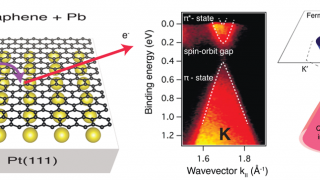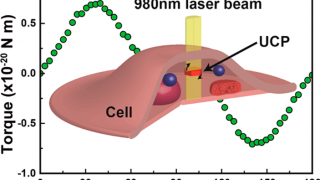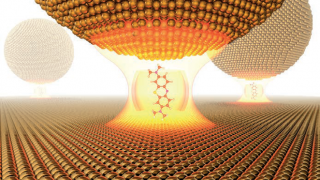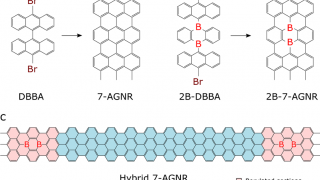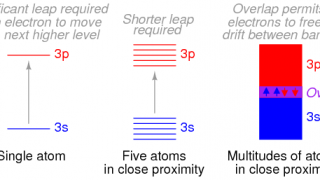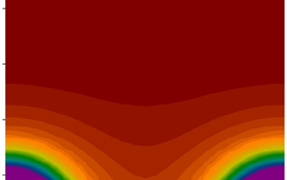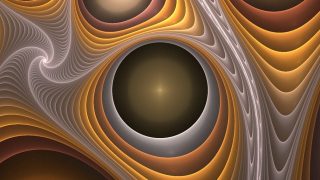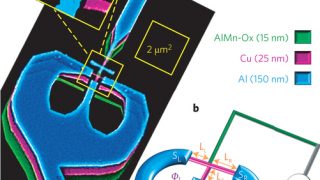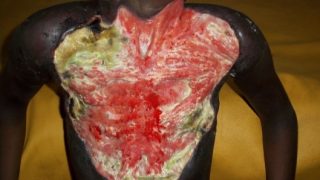
Combatting antimicrobial resistance with a ruthenium-based photorelease antimicrobial therapy
Chemistry • Condensed matter • Medicine • Microbiology • Pharmacy
Antimicrobial resistance is a complex problem that contributes to health and economic losses worldwide. Resistance to antimicrobial therapies reduces the effectiveness of current drugs, leading to increased morbidity, mortality, and health care expenditure. Because globalization increases the vulnerability of any country to diseases occurring in other countries, resistance presents a major threat to global public […]
